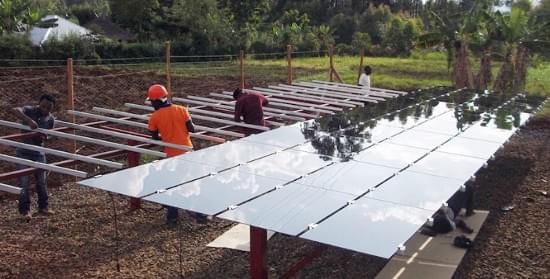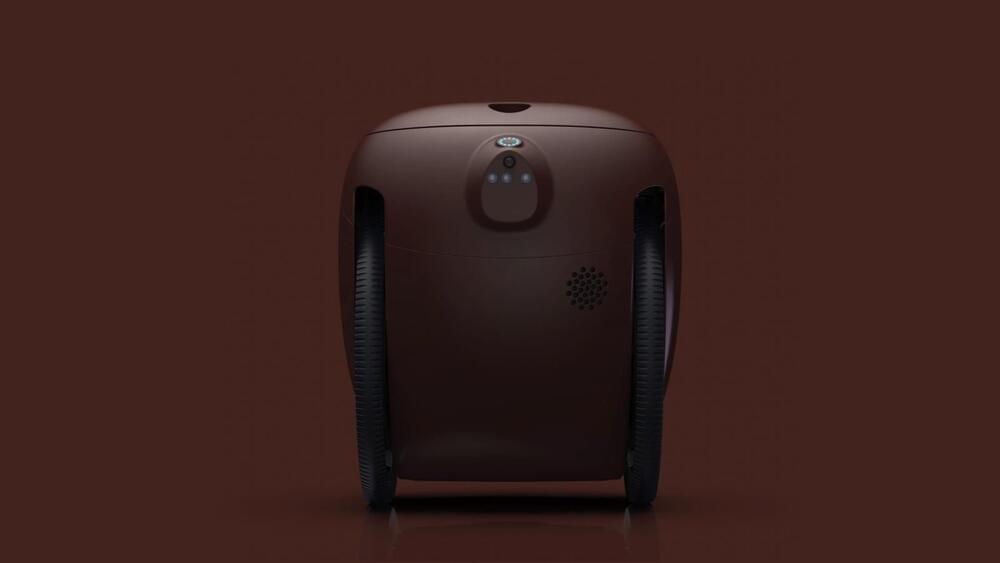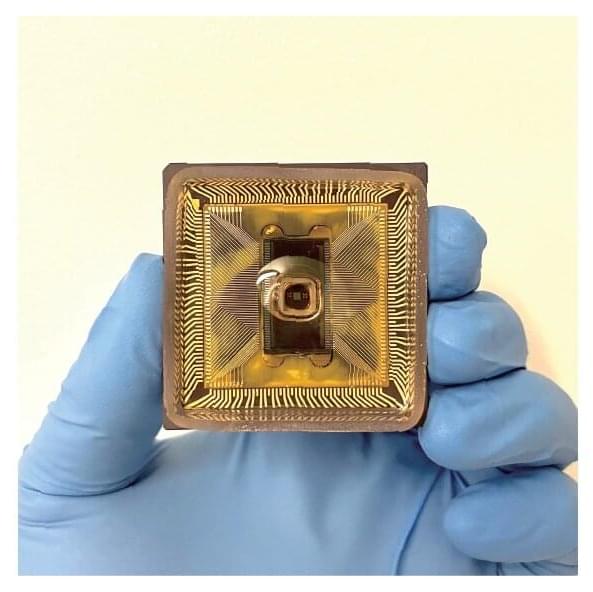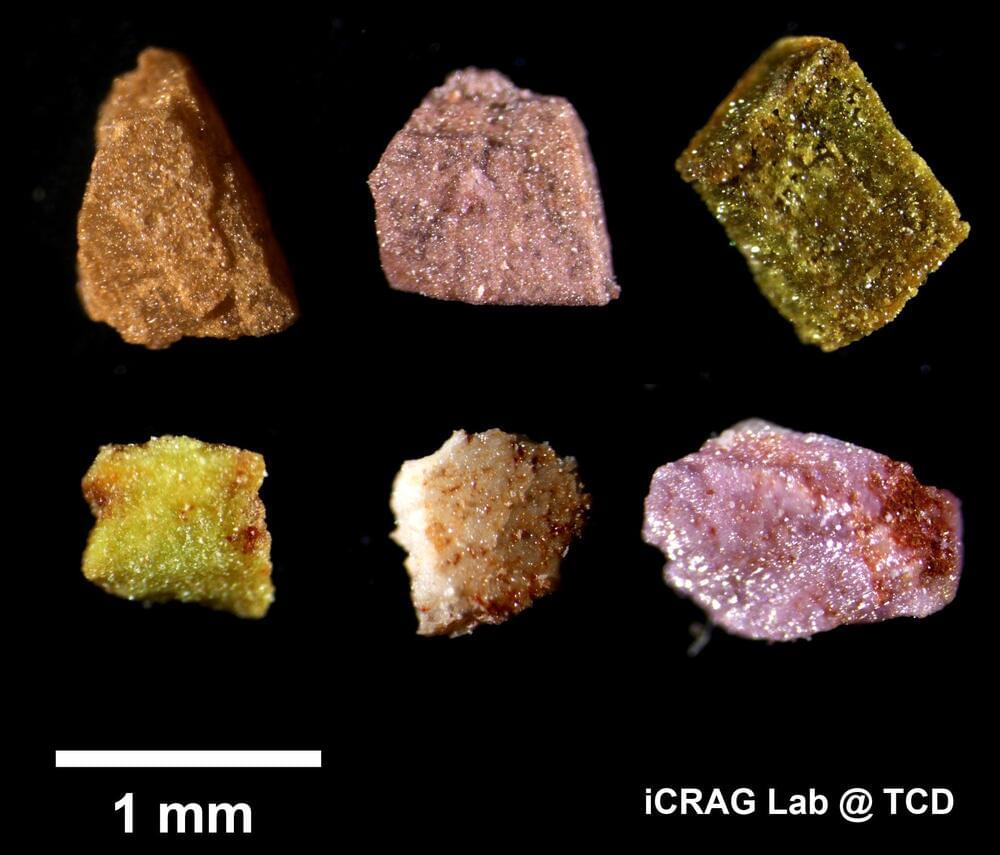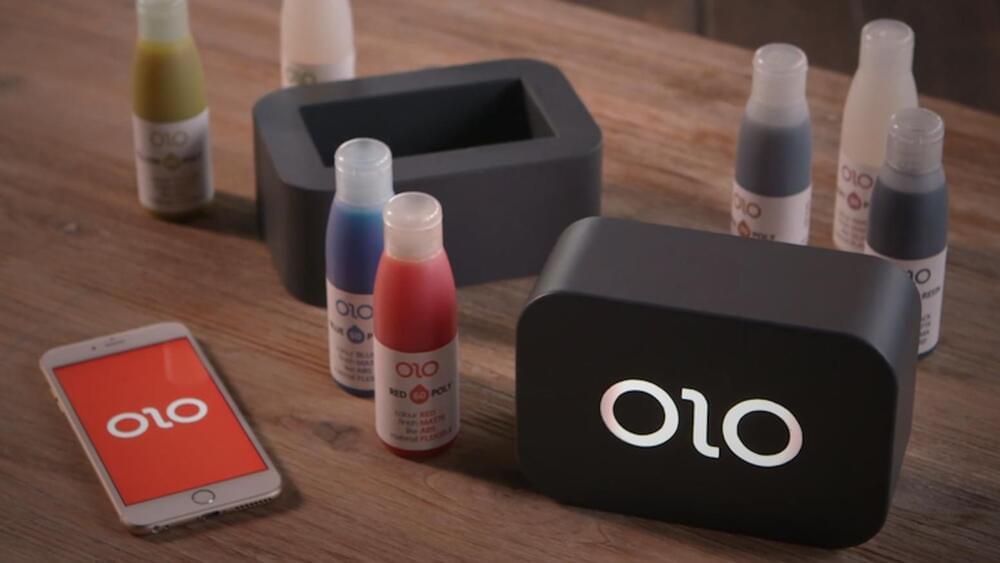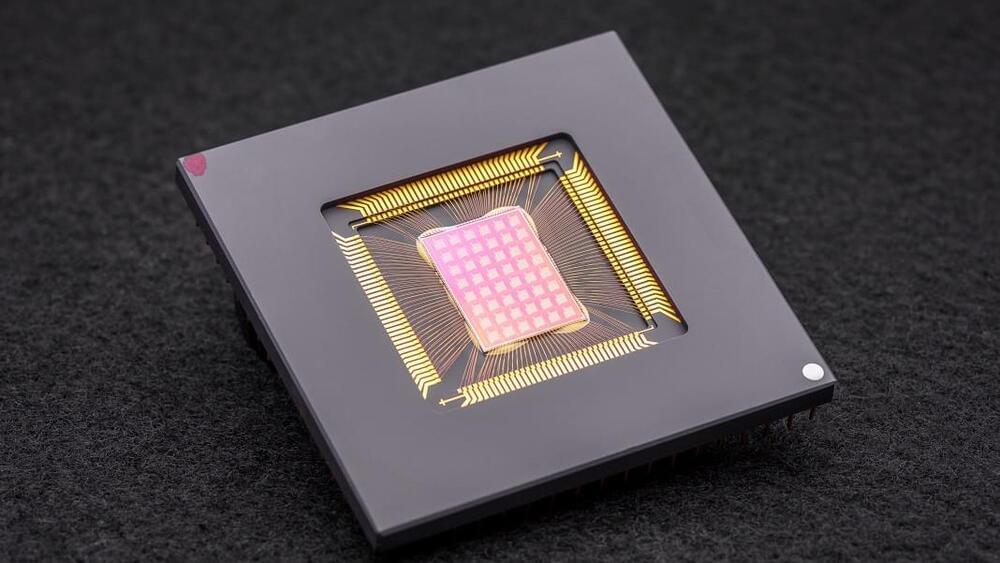Microgrids are the right solution for rural and remote energy production and distribution because they are grids designed for smaller populations.
In the United States, there are at least 60,000 people who have no access to electricity. It is not a large number but poses for this population a barrier to participating in the modern world. You cannot find a job working from home without electricity and Internet access. You cannot visit your doctor virtually. You cannot use electricity to light and heat your home.
But with microgrids that can operate autonomously from the main power grid, rural and remote communities can do everything that people living in big cities can do leading to a better quality of life for those living there.
A Toronto, Canada, based company is a microgrid solutions provider. Called Clear Blue Technologies, it offers energy-as-a-service to rural and remote communities. In Nigeria, it is installing microgrids and distributed energy solutions to help rural communities to access energy and telecommunications services. Its service model manages these installations remotely at a low cost delivering clean renewable electricity while giving rural users access to the Internet. For Nigerian remote communities, it brings them into the 21st century. That’s why in March of this year, Clear Blue was awarded a contract covering 120 telecommunications sites across the country with plans in the next five years to grow that number to 1,060. Talk about levelling the playing field for these communities to give them access to clean energy and cellular phone services.
